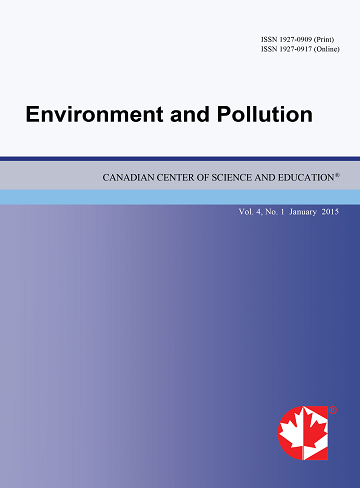A Comparison of Using Dominant Soil and Weighted Average of the Component Soils in Determining Global Crop Growth Suitability
- T. Avellan
- F. Zabel
- B. Putzenlechner
- W. Mauser
Abstract
Soil parameters represent key data input for crop suitability analysis. Soil databases are complex offering soil mapping units made up of various component soils. In the case of the Harmonized World Soil Database there can be up to 8 component soils per unit. In roughly 1/3 of soil mapping units, the additional component soils take up more than 50% of the pixel share value. The soil parameter value estimate, such as pH, salinity and organic carbon content, may differ between the value of the dominant soil component and the weighted average of the values of all component soil. Understanding the effect of these differences on crop model outputs may allow quantifying the error. In this study, we show the changes in crop suitability of 15 crops while using the parameter value estimates of the dominant soils versus a weighted average of the component soils. In the case of the latter, global crop suitability amounts to 54.5% of the earth’s land surface–1% more than when using the values of just dominant soils. Intrinsic regional differences in the quality of the soil database influence the distribution of crop suitability classes especially in areas where share values of the dominant soil are low. The uncertainty range for the use of dominant versus component soils on the overall global crop suitability could be considered to be 1%, while that of each suitability class can amount to up to 4%.
- Full Text:
 PDF
PDF
- DOI:10.5539/ep.v2n3p40
Journal Metrics
h-index (2017): 10
i10-index (2017): 11
h5-index (2017): 9
h5-median (2017): 15
Index
- Academic Journals Database
- Berkeley Library
- CAB Abstracts
- CAS (American Chemical Society)
- CNKI Scholar
- COPAC
- CrossRef
- DTU Library
- Elektronische Zeitschriftenbibliothek (EZB)
- EuroPub Database
- Excellence in Research for Australia (ERA)
- Genamics JournalSeek
- Google Scholar
- Harvard Library
- Infotrieve
- Jisc Library Hub Discover
- JournalGuide
- JournalTOCs
- LOCKSS
- Max Planck Institutes
- Mir@bel
- PKP Open Archives Harvester
- Pollution Abstracts
- Publons
- Pubmed journal list
- ROAD
- Scilit
- SHERPA/RoMEO
- Standard Periodical Directory
- Stanford Libraries
- UCR Library
- Ulrich's
- UniCat
- Universe Digital Library
- UoS Library
- WorldCat
- Zeitschriften Daten Bank (ZDB)
Contact
- Albert JohnEditorial Assistant
- ep@ccsenet.org
